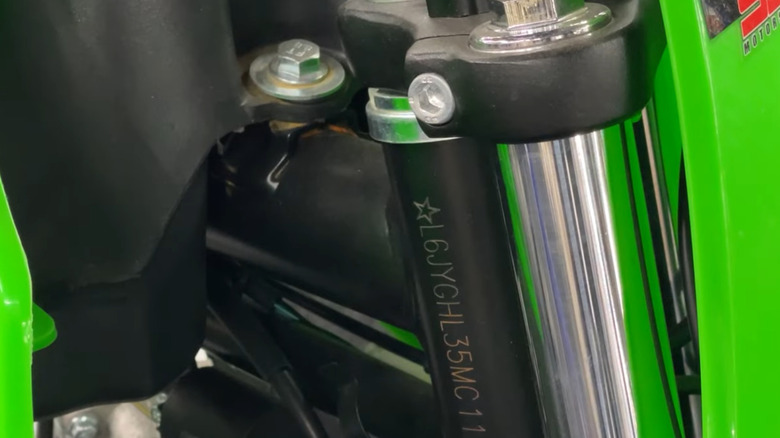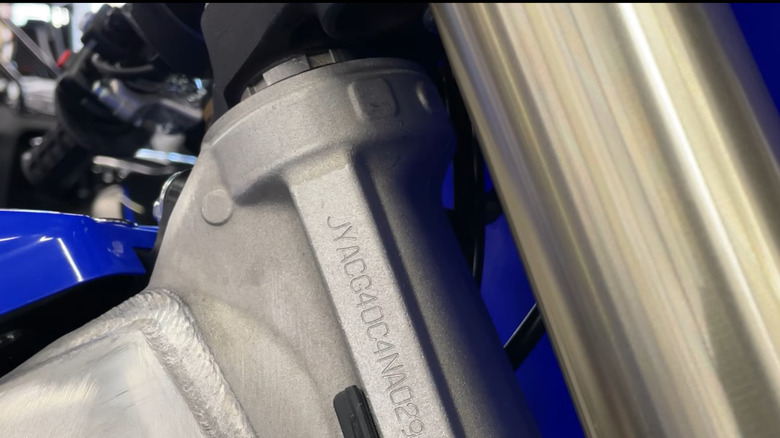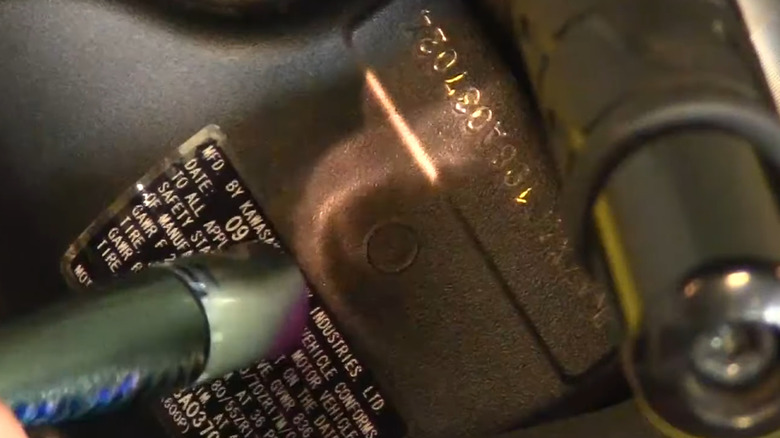How To Find The VIN On Your Motorcycle
If you've spotted a nice motorcycle, whether at your local dealer, an online marketplace, or through a forum, one of the first checks you should perform is verifying the VIN. A VIN (Vehicle Identification Number) acts like a vehicle's ID card; it's a unique 17-digit identifier that provides a wealth of information about a motorcycle's manufacturer, features, and specifications.
The VIN is crucial when purchasing a motorcycle, as it facilitates identification, tracking, and verification of ownership. Simply put, the VIN allows a potential buyer to check the motorcycle's ownership history, detect incidents like theft or accidents, verify recall information from the manufacturer, obtain insurance, and, for owners, easily order replacement parts.
Cars have a straightforward VIN placement location, be it on the driver's side door frame, windscreen, or on the dash. For a motorcycle, the location varies depending on the make and model. Usually, the 17-digit code is stamped on the bike's steering neck (behind the front forks). On some motorcycle models, you'll find it on the frame near the engine or a sticker underneath the seat or swing arm. You can also locate it easily by going through your owner's manual.
Where to look for the VIN location on a motorcycle
Most motorcycle manufacturers will etch or print the VIN on the headstock tube or steering stem. Sometimes, bike manufacturers will use a sticker on the frame that, unfortunately, can fade or peel off over time. This 17-digit code serves as the motorcycle's unique identifier, used to verify ownership, age, registration, report theft, process warranty claims, and obtain insurance.
On Cruiser motorcycles, such as Harley-Davidson or Indian, the 17-digit VIN is located near the steering head on the right side of the frame. You'll also find it stamped on the left side of the crank case, just between the engine and the cylinders. On the Indian motorcycles, you'll also find the VECI (Vehicle Emission Control Information) and NECI (Noise Emission Control Information) on the left side of the bike.
Sportbikes, such as those from Suzuki and Yamaha, may have the VIN number printed or on a label behind the forks or underneath the fuel tank. On the Honda, it's next to the bike information sticker on the frame; on the Kawasaki, it's on the right side of the frame. Adventure or dual-sport motorcycles may feature a metal plate on the bike's frame (as seen on BMW and Kawasaki models) or a sticker placed underneath the seat. On Scooters, the 17-digit code identifier is usually located on the frame rails, and sometimes, you may need to remove some of the bodywork to find it.
What to do when you find the motorcycle VIN
If you are buying your first motorcycle, finding the VIN is the first step of identifying the bike – you still need to verify its authenticity. For starters, double-check to ensure that the VIN has 17 digits; older bikes might have fewer numbers. The 17-digit VIN number became a standard format for vehicles manufactured after 1981 (including motorcycles) in the United States.
After you've located your motorcycle's VIN, verify its authenticity on platforms like NHTSA VIN decoder, CycleVIN, or NICB VIN Check to learn its history. If the 17-digit code is missing or appears tampered with, the motorcycle may have a history of theft. The best course of action is to report it to your local authorities or the Department of Motor Vehicles (DMV). To verify the authenticity of the motorcycle, the details on the VIN and title need to be an exact match. For insurance purposes, take a photo or note down the 17-digit code. Keeping a record of the VIN also helps if the bike is stolen.


